If the stop/start system warning light on your Chrysler Pacifica illuminates, you may be wondering about the cause of the issue and how to fix it. Luckily, we have done some research for you, and here is what we found.
There are a few different reasons why the Chrysler Pacifica service stop/start system warning light may come on. The following are the most common issues that may cause the light to illuminate:
- Dying battery
- Corroded battery terminal
- Intermittent Electrical Issues
- Sensor or System Malfunctions
- Software Glitches
- Faulty Intelligent Battery Sensor (IBS)
If you notice that this warning light is on, you should deal with the issue as soon as possible. Keep reading for detailed information about the service stop/start system warning light.
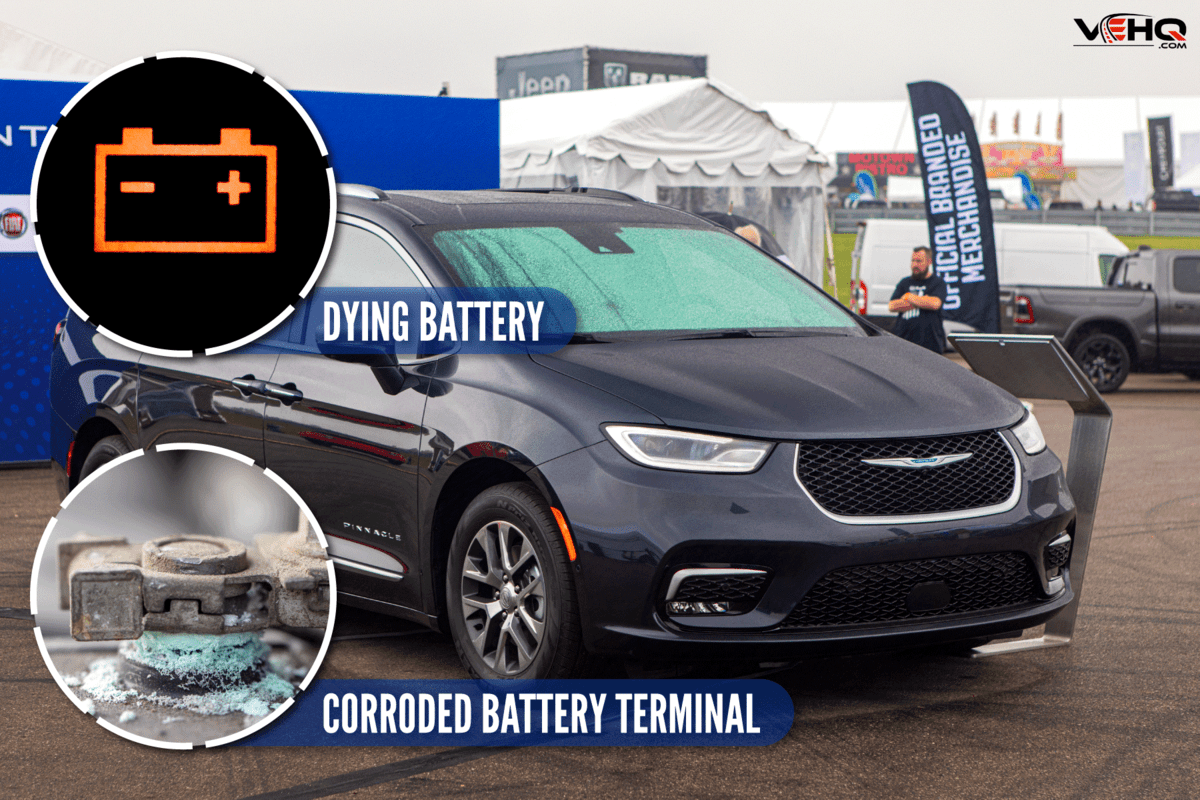
Why Is My Chrysler Pacifica Service Stop/Start System Warning Light On?
The use of start-stop technology improves fuel economy and reduces pollution. This is why one-third of all vehicles on the road have had this feature since 2020.
When a vehicle halts, the start-stop mechanism disables the engine. The engine immediately restarts when the brake is released [or the clutch pedal depressed] in a vehicle with an automatic transmission.
The battery provides power to the engine during the frequent starting process and to all electronic consumers when the engine is turned off.
In many ways, the battery is the brains of today's automobiles and is assisted by a smart Battery Management System [BMS], which is the "brain" of the car's electronics.
However, the start/stop warning light may come on if there is an issue somewhere in the vehicle. But the following is usually the culprit:
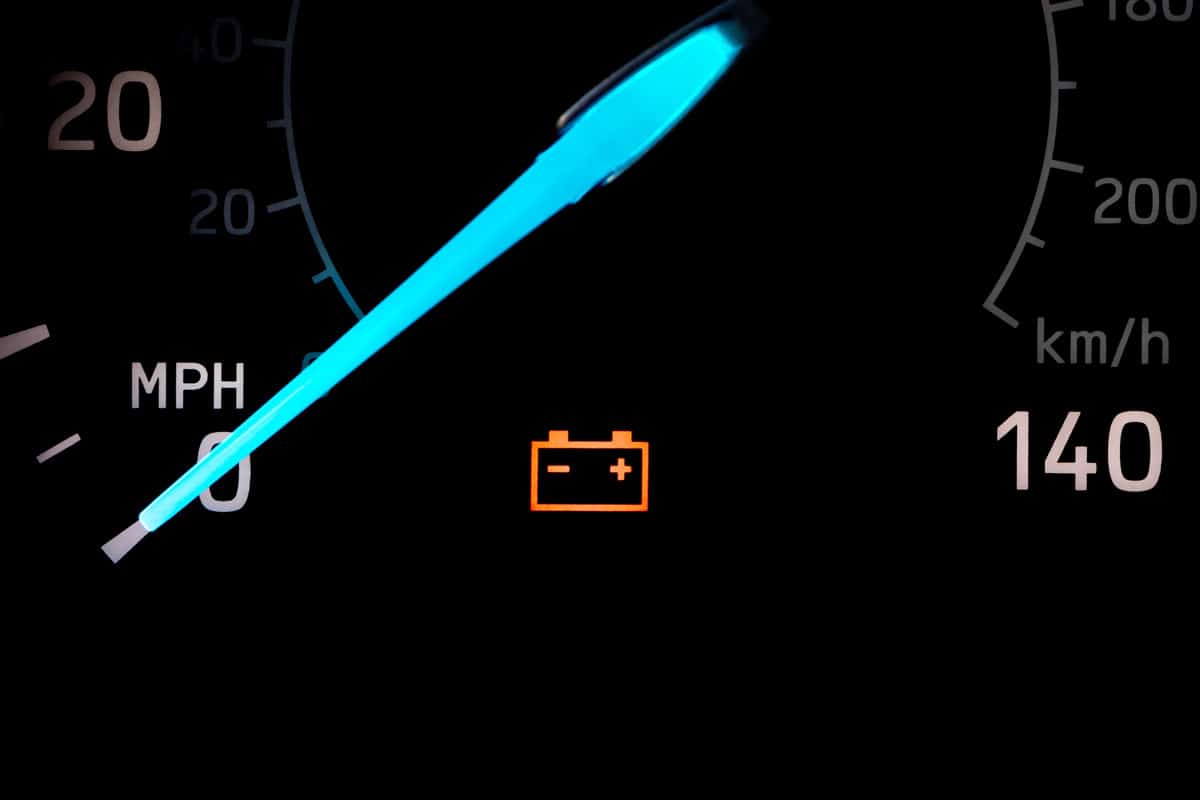
Dying Battery
There is a possibility that the battery on your Chrysler Pacifica may not last as long as you expect. It has been revealed that the factory-supplied batteries used in many contemporary vehicles have a lifespan that is far less than what was anticipated, with some lasting for just two or three years.
When this battery starts the frequently drawn-out process of dying, a car's electronic systems are much more prone to develop issues. A new battery will provide a steady and reliable flow of electricity in the exact amounts required.
Anything less than that might cause problems across a wide variety of car systems and features, which include the illumination of the start/stop warning light.
Click Here To See This Car Battery On Amazon

Corroded Battery Terminal
Batteries use chemical reactions to turn sulphuric acid into electricity, which is then released via the terminals and used to crank over your engine. Corrosion on a battery's terminals can reduce its output since less energy can flow through them.
Corrosion of batteries is typically caused by electrolyte or electrolyte vapors that escape through the vents on top of the battery.
Natural hydrogen gas emissions from the battery may also contribute to the acidic electrolyte condensing on the top of the battery. Since the cables and battery terminal posts are made of dissimilar metals, another sort of corrosion can develop between them.
Battery sulfation is a third type of corrosion that develops over time inside the battery. The stop/start system warning light may come on due to this.
Click here to view this battery terminal on Amazon.

Intermittent Electrical Issues
Intermittent electrical issues pose a unique challenge when it comes to diagnosis and resolution. They can occur sporadically and may not always be present at the time of inspection, especially if the warning light turns off by the time the vehicle is taken to the dealership.
Here are some common facets and potential causes of intermittent electrical issues in relation to the Service Stop/Start System warning light on your Chrysler Pacifica:
Loose or Corroded Connections:
Connections that are loose or corroded can cause intermittent electrical contact, leading to sporadic warnings. Over time, connections may become loose due to vibrations or may corrode, especially in harsh weather conditions.
Damaged Wiring:
Wires that are frayed, damaged, or have compromised insulation can cause intermittent short circuits or open circuits. These issues can lead to erratic behavior of the start/stop system and the warning light.
Faulty Sensors or Relays:
Sensors and relays play a crucial role in the functioning of the start/stop system. If any of these components are faulty or have intermittent issues, they could send incorrect signals, triggering the warning light.
Vibration-Induced Issues:
Sometimes, the vibrations from the road or the engine can cause intermittent electrical issues. These vibrations can lead to temporary disconnections or short circuits.
Temperature-Related Issues:
Electrical components can behave differently under varying temperature conditions. Cold or hot weather might affect electrical connections or components, causing intermittent issues.
Diagnostic Tips:
- Documenting Occurrences: Keeping a record of when the warning light comes on, the driving conditions at the time, and any other noticeable issues can help in diagnosing the problem.
- Real-Time Monitoring: Some advanced diagnostic tools allow real-time monitoring of the electrical system while driving, which could capture intermittent issues as they occur.
- Visual Inspection: A visual inspection of the electrical connections, wiring, and related components might reveal obvious issues like loose connections or damaged wiring.
- Professional Diagnostic: A thorough diagnostic by a professional mechanic using advanced diagnostic tools is advisable to identify and fix intermittent electrical issues accurately.
Sensor or System Malfunctions
Modern vehicles like the Chrysler Pacifica come laden with an array of sophisticated sensors and control systems that orchestrate various functions, including the start/stop system.
The seamless operation of the start/stop system relies heavily on the accurate and timely data from these sensors. A hiccup in any of these sensors or control systems could trigger the start/stop system warning light. Below are some common malfunctions and troubleshooting tips:
Common Sensor Malfunctions:
- Start/Stop Button Sensor: If the sensor within the start/stop button is faulty, it may not send the correct signal to the system, impeding its operation.
- Brake Pedal Sensor: The brake pedal sensor signals when the brake is engaged or released. A malfunctioning sensor could misinform the system, causing erratic behavior.
- Engine Control Module (ECM): The ECM monitors and controls the engine's operation, including the start/stop system. A fault in the ECM could trigger the warning light.
- Battery Management System (BMS): A faulty BMS can fail to manage the battery's charge and discharge cycles correctly, affecting the start/stop system's operation.
System Malfunctions:
- Communication Error: Modern vehicles have a network that allows different systems to communicate. A communication error could prevent the start/stop system from receiving necessary information.
- Software Glitch: Software glitches in the vehicle's control systems could lead to erroneous warnings or malfunctioning of the start/stop system.
Diagnostic and Resolution Tips:
- Error Code Reading: A professional diagnostic tool can read error codes from the vehicle’s onboard computer, pointing toward the source of the malfunction.
- Software Update: Sometimes, updating the software of the control systems may resolve glitches, causing the warning light to illuminate.
- Sensor Replacement: Replacing faulty sensors as indicated by diagnostic tests can resolve the issue.
- Professional Inspection: A comprehensive inspection by a professional mechanic can identify and rectify sensor or system malfunctions.
- Regular Maintenance: Regular maintenance can help catch and fix sensor or system malfunctions before they trigger the warning light.
Advanced Diagnostic Tools:
Modern diagnostic tools can provide real-time data and run diagnostic tests to check the functioning of sensors and systems. These tools can be invaluable in identifying the root cause of the problem and guiding on the necessary repairs.
Faulty Intelligent Battery Sensor (IBS)
The Intelligent Battery Sensor (IBS) is a crucial component in modern vehicles like the Chrysler Pacifica. It constantly monitors the battery's status, including its charge, temperature, and other critical parameters.
This data is then communicated to the vehicle's onboard computer systems to ensure the smooth operation of various features, including the start/stop system. Below are detailed insights into the role of IBS, common issues, and troubleshooting tips:
Role of IBS:
- Charge Monitoring: The IBS meticulously monitors the battery's charge level to ensure there's adequate power for the start/stop system and other vehicle functions.
- Temperature Monitoring: By monitoring the battery's temperature, the IBS can alert the system to potential overheating issues, which could affect the start/stop system.
- Voltage Monitoring: The IBS also keeps tabs on the battery's voltage, which is crucial for the correct operation of electrical systems in the vehicle.
Common IBS Issues:
- Faulty Sensor: Like any electronic component, the IBS can fail, leading to incorrect data being sent to the vehicle’s computer systems.
- Poor Connection: If the IBS is not connected properly, it may not transmit accurate information, affecting the start/stop system's operation.
- Corroded Contacts: Corrosion on the contacts can impede the signal transmission from the IBS to the vehicle's computer systems.
Troubleshooting Tips:
- Diagnostic Scan: A professional diagnostic scan can reveal issues with the IBS or related systems.
- Visual Inspection: A visual inspection can sometimes identify physical issues such as a loose connection or corrosion.
- IBS Replacement: If the IBS is found to be faulty, replacing it with a new one can resolve the issue.
- Reconnection: Ensuring that the IBS is properly connected can often fix communication problems.
- Professional Inspection: If you're unsure, having a professional mechanic inspect the IBS and related systems can be a prudent step.
Importance of Correct Diagnosis:
A faulty IBS can lead to a myriad of issues, including the illumination of the start/stop system warning light. Correct diagnosis and timely resolution of IBS issues are paramount to maintaining the optimal functioning of your Chrysler Pacifica's start/stop system and other crucial vehicle systems.
Where to Seek Help:
In case of persistent issues with the IBS, visiting a professional auto repair shop or a dealership is advisable. They have the necessary tools and expertise to diagnose and fix the problem.
Can I Drive With the Chrysler Pacifica Service Stop/Start System Warning Light On?
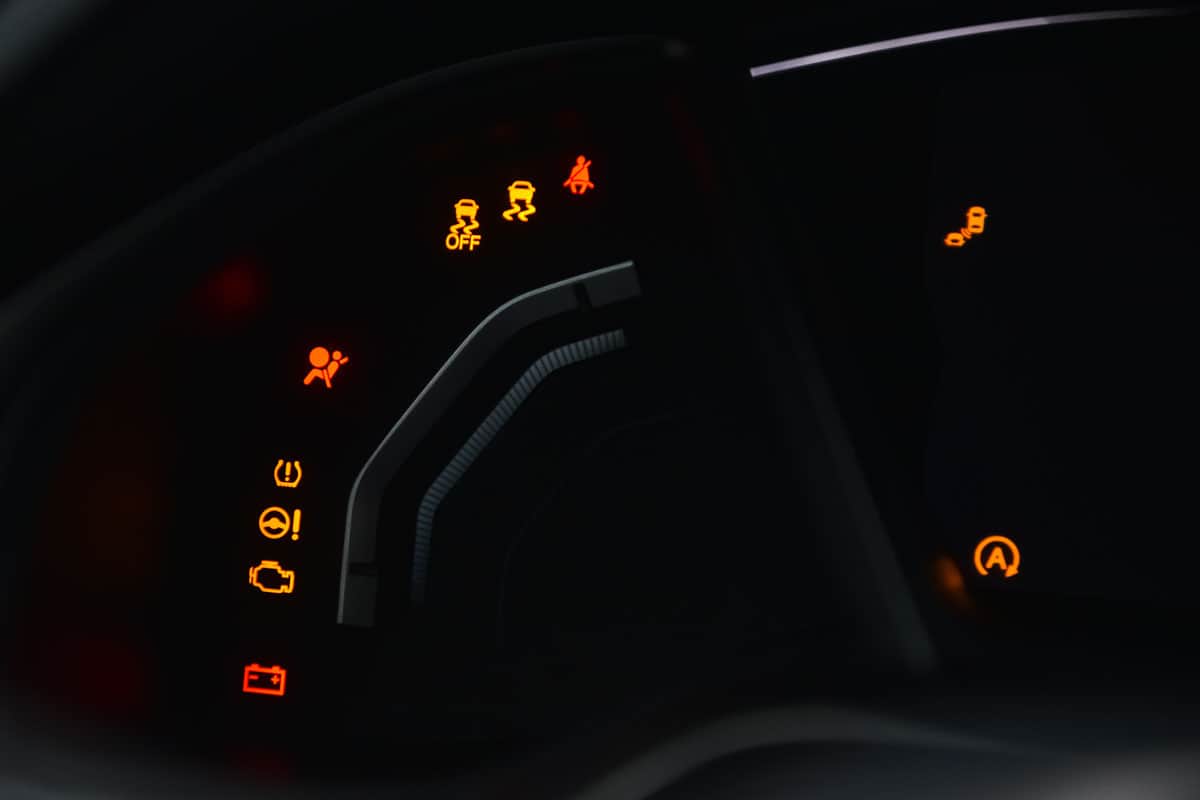
This depends on the reason why the "stop/start system warning" light is on. In less serious circumstances, such as an issue with a sensor, you should be able to continue driving until you get to a repair shop.
However, if immediate action is not taken to solve the issue, it may result in severe damage to the engine or even its complete failure. This can result in potential safety issues on the road.
As a result, if your Chrysler Pacifica "stop/start system warning" light comes on in your vehicle, you need to make an appointment with a mechanic as soon as possible.
How Much Does It Cost To Replace Chrysler Pacifica Battery?
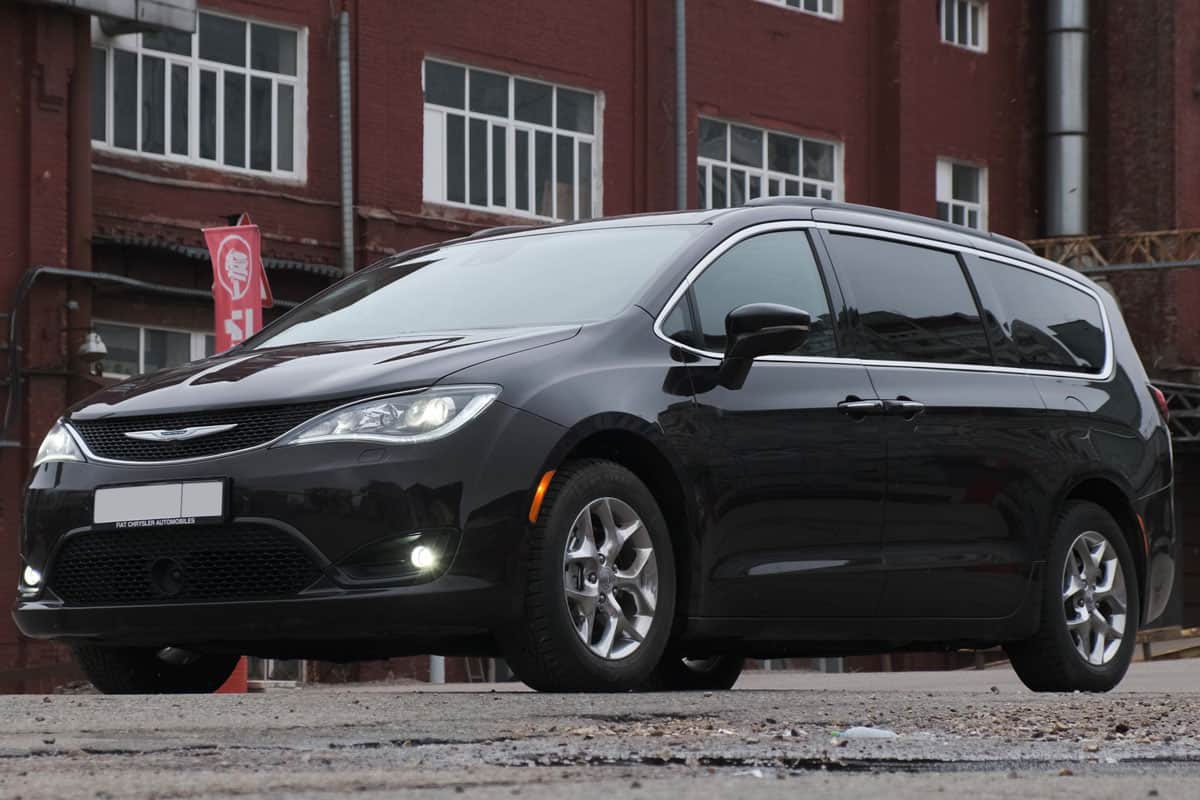
On average, replacing a Chrysler Pacifica battery costs between $45 and $250. A vehicle's make and model and the current temperature affect how much it will cost to have your battery replaced.
However, if you know how to estimate the cost, you can get a better deal, saving you time and money. Battery replacement is relatively inexpensive in comparison to other types of vehicle maintenance.
What Could Prevent A Chrysler Pacifica Stop/Start System From Working?
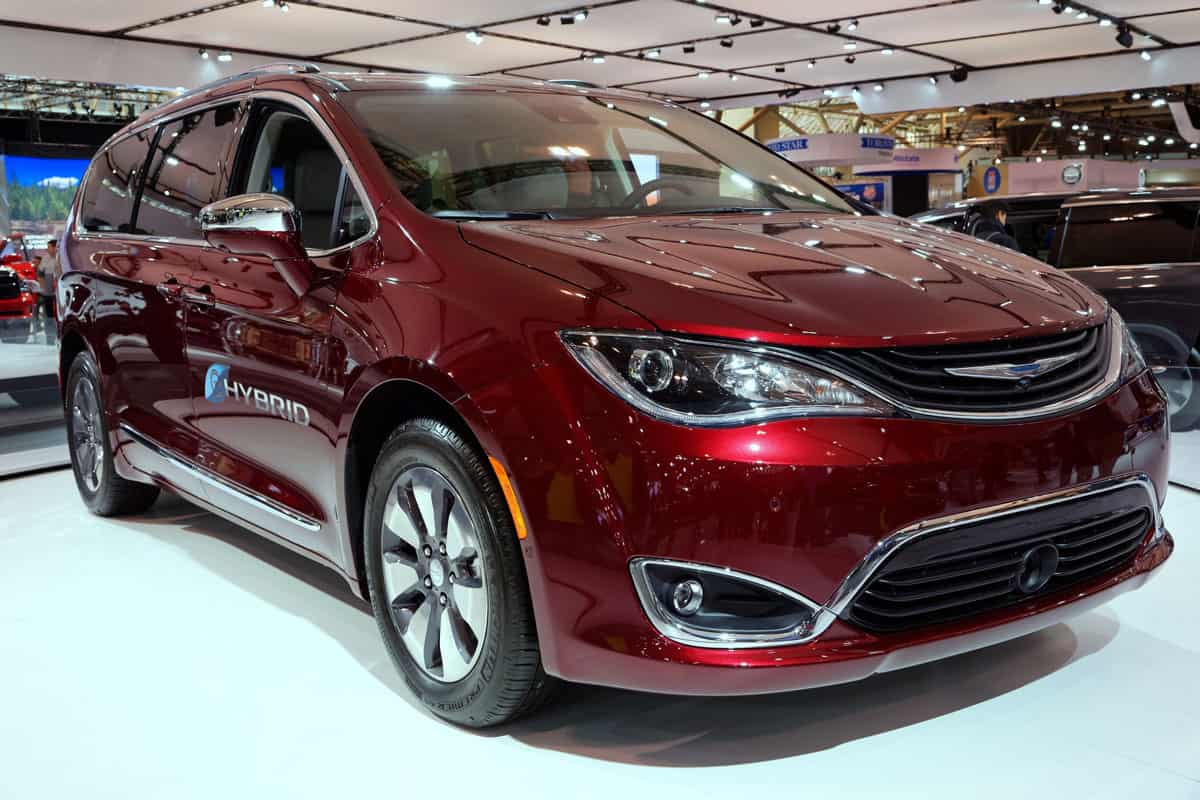
The following can cause your Chrysler Pacifica stop/start system not to work:
Cold Weather
When the weather is cold, the vehicle's automatic service stop/start system will not work as it should. This is because the computer in the automobile is smart enough to realize when there is a system malfunction or engine problem, often influenced by the weather.
As a result, the astute computer ensures that the engine continues to operate until the car reaches the ideal temperature. If the stop-start function is broken, an A in a circular shape with a line through it will show on the dashboard. Letting you know that the stop-start function is broken.
Active Reverse Gear
The stop-start feature will not kick in when you put the vehicle in reverse or activate the parking assist. The algorithm recognizes that there is a likelihood that you are maneuvering the vehicle. So, you will find the engine cutting off every few seconds.
And if you are driving up a steep incline, the car may turn off the stop-start feature. If there are any problems with the engine management system, neither one of these options may function. A warning light on the dashboard will alert you to this information.
Excessive Current Draw
Stop-start tracks the battery's charge and discharge rates. For example, if you turn on the AC, radio, or heater when it's chilly outside, the car may start using up a lot of charges and draining the battery.
This is because the battery needs power from the battery to run all of those extra features that are on. As a result, the stop/start system will not work. You should reduce your AC or heater for the system to function again or consider turning them off.
How Long Does It Take To Restart The Engine With The Stop/Start System?
Engine restart is both quieter and quicker, taking only 0.35 seconds. A configuration that senses the position of the pistons stops the engine. This allows for immediate starting by combustion.
When the car hits zero miles per hour while the driver has their foot on the brake pedal, the Start and Stop Engine System will automatically shut off the engine. When the parking brake is disengaged, the engine immediately resumes, and the vehicle continues to accelerate normally.
This lowers the fuel used, which is especially beneficial in high-traffic scenarios with longer stops than usual.
How Do I Activate The Stop/Start System?
Once you have started the vehicle, you can access the Start/Stop option. When the function is used, the engine is turned off entirely for a short period of time. The engine will automatically start when the function is off or the vehicle needs this.
To activate this function, try depressing the brake pedal and keep it that way during the process. After taking these steps, the feature to start and stop the engine is triggered, and the engine will go off.
When the Comfort or Eco drive mode is selected, the Start/Stop feature can be activated even before the vehicle comes to a complete stop. After the vehicle has been stopped for many seconds and Adaptive Cruise Control or Pilot Assist has been engaged, the Start/Stop feature will be triggered.
What Should I Do If the Chrysler Pacifica Service Stop/Start System Warning Light Comes On?
If the "stop/start system warning" light comes on, it's advisable to schedule a visit to the dealership or a trusted mechanic as soon as possible, especially if the light comes on intermittently.
The intermittent nature of the warning light might require the professionals to inspect the vehicle while the warning light is on to diagnose the issue accurately.
To Wrap Up
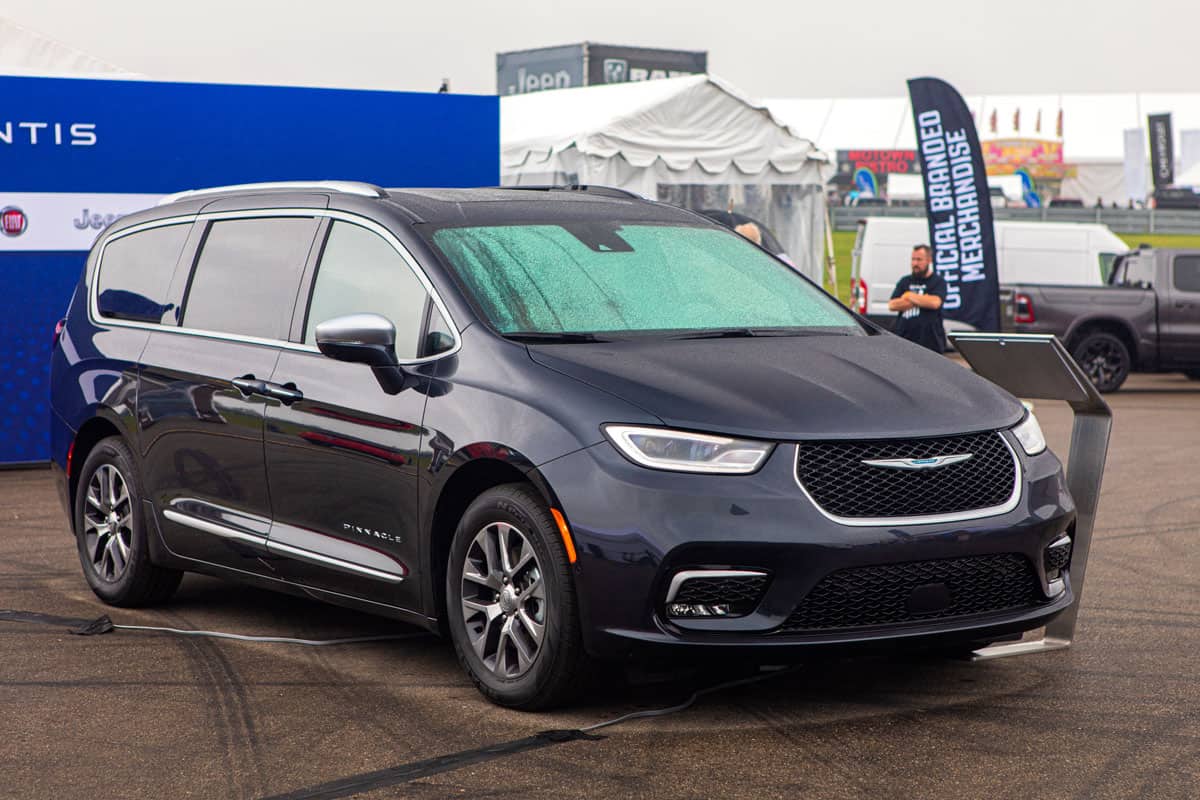
The warning light is a crucial indicator of potential issues within your vehicle's start/stop system. It's essential to address any warning lights as soon as they appear to prevent further complications.
The causes of the stop/start system warning light coming on can range from a dying battery to sensor malfunctions or even software glitches. It's advisable to seek professional help for accurate diagnosis and resolution, especially if the warning light appears intermittently.
If you enjoyed reading this post, here are similar articles you may like:
All Warning Lights On In Acura ILX – Why And What To Do?
Why Is My Brake Light Turning On And Off? What Could Be Wrong?

Need more tips on all vehicles